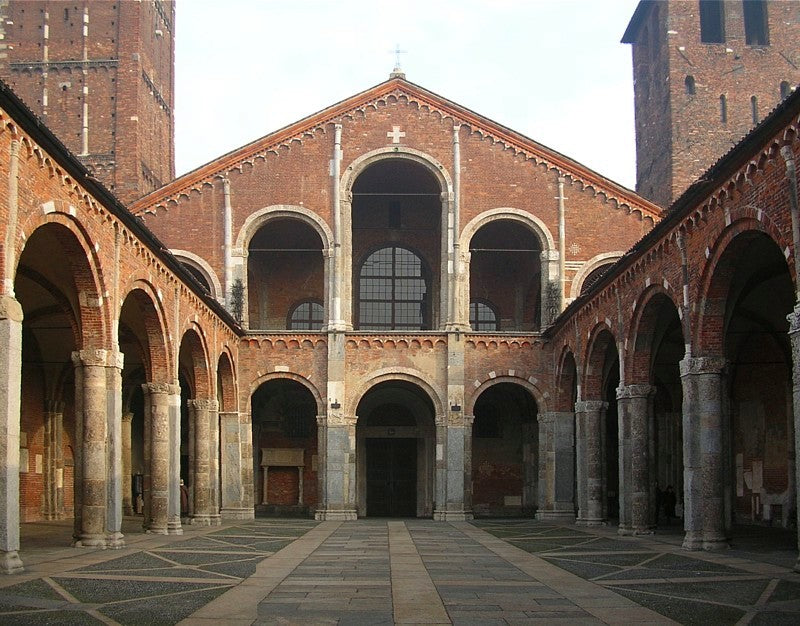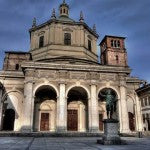Throughout the course of history, the architectural style of Christian churches has changed drastically. From the humble beginnings of the movement to today’s development of Christianity, architecture has played a vital role in molding the Christian faith.
First, we start with the Early Christian architecture which persisted during the late antiquity period. Right before the fall of the Western Roman Empire, Christianity became more and more influential in the western world.
Conception
Early Christian architecture gained prominence during the 4th century AD, before Justinian I commissioned the widespread use of the Byzantine style.
Some of the earliest churches were built in the area which is present day Armenia, where in 301, Christianity became the official religion.
Features
Common features of Early Christian churches are as follows:
- Aisles with apses
- Great colonnades supporting cornices
- Mosaic adornments
Most of the churches adopted Roman architectural orders in their use of columns.
Mosaics
During the height of Christian antiquity in the West, church walls were adorned with mosaics. The mosaics would usually tell biblical stories such as a scene with Christ and the Apostles in the Basilica of Sant’Ambrogio.
Examples of Early Christian Churches
San Marco, Rome, Italy (336 AD)
 The San Marco Basilica in Rome
The San Marco Basilica in Rome
Image source: Wikipedia
A minor basilica dedicated to St. Mark the Evangelist, serving as the national church of Venice in Rome.
Santa Constanza, Rome, Italy (350 AD)
 The Santa Costanza Basilica
The Santa Costanza Basilica
Image source: Wikipedia
Built under Constantine I for his daughter Constantina as a mausoleum and was dedicated to Saint Constanza during the Middle Ages.
Aparan Basilica, Aparan, Armenia (390 AD)
 Aparan Basilica in Armenia
Aparan Basilica in Armenia
Image source: GeoLocation.ws
Built in the village of Aparan in the Armenian province of Aragatsotn, partially restored in 1877.
Sant' Amborgio Basilica, Milan, Italy
 Sant Ambrogo Basilica, Milan
Sant Ambrogo Basilica, Milan
Image source: Wikipedia
Consecrated by St. Ambrose of Milan and a place where numerous martyrs have been buried, rebuilt in the 12th century into a Romanesque church.
Even during the early times, the architecture of Christian churches has indeed been complex. With its simple yet profound adornments and grand aisles and apses, churches during the early days have indeed become influential, paving the way for the development of succeeding architectural styles.
Later on, during the rule of Emperor Justinian I, the Byzantine culture was assimilated in the west as part of his mandate--including the architectural style of the east. We're going to talk about Byzantine architecture in the next entry.


